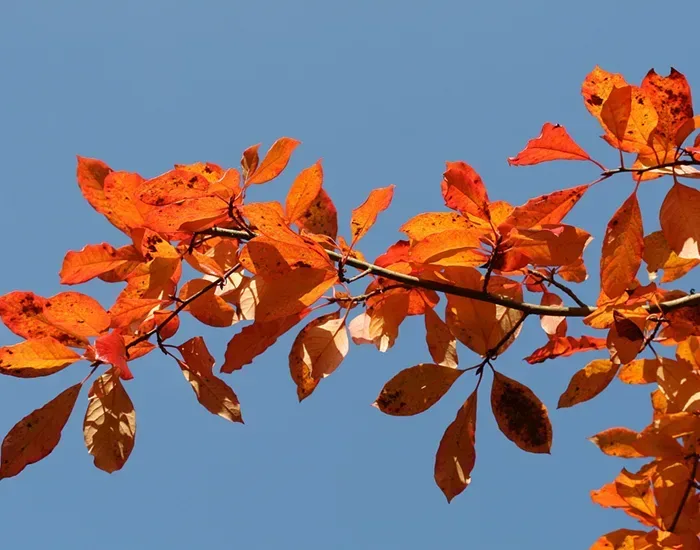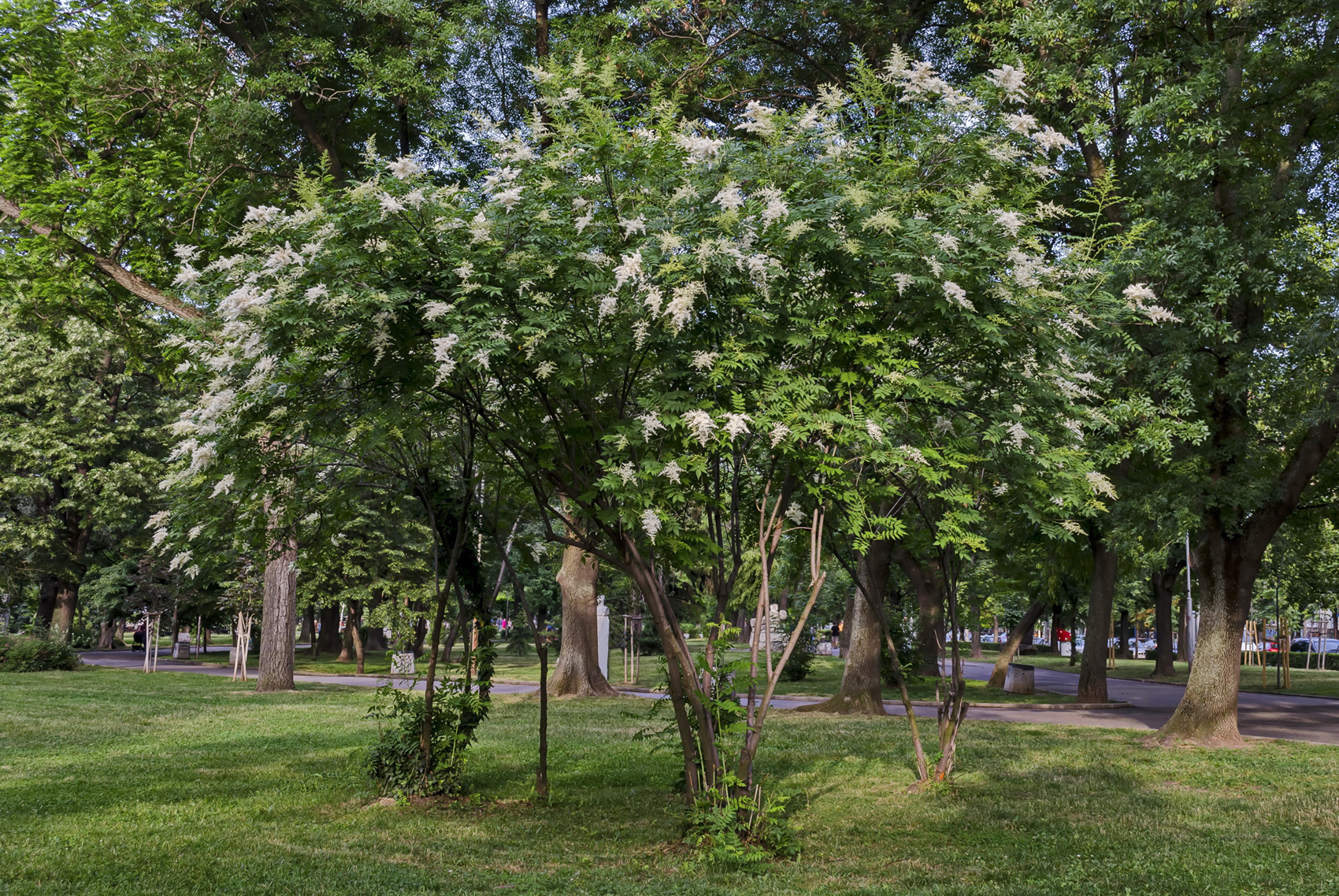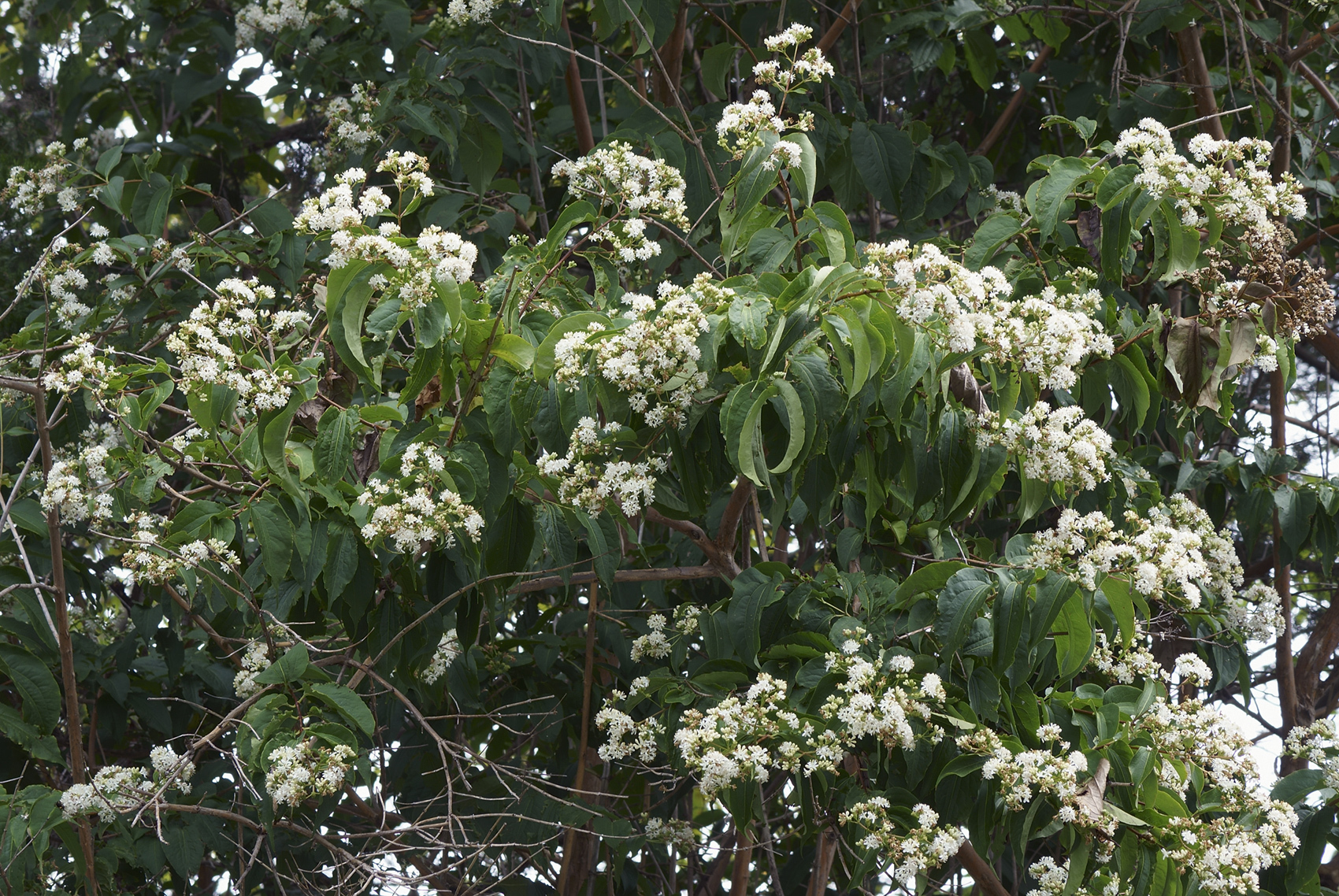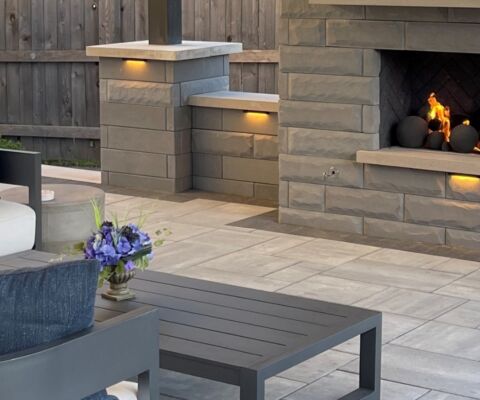September 22nd, 2021
Picking the Perfect Tree for your Space

As the days get shorter and we say goodbye to the warm summer weather, we move into the ideal time of year for planting new trees. Doing this in the fall allows for the establishment of new roots and gives trees extra time to adjust to their environment before the heat and drought conditions that commonly occur in summer.
Even here, in the Midwest, fall remains the ideal time to plant. Many people worry about new trees over winter, but there is no need for concern. All of the tree’s biological processes – growth, metabolism, energy consumption – slow way down during winter in their dormant phase and no additional care is required. In fact, as long as the ground is not frozen solid, you still have time to plant a new tree!
Picking the right tree for your space
Evaluate the area of your landscape where you will plant your tree. Take note of the amount of sun or shade in that space, as well as the presence of moisture and the type of soil. Most importantly, measure the surrounding space, especially in relation to nearby structures or power lines! With proper care, your new tree will be around for many years and will continue to take up more and more space in your yard.
If you are in Illinois, please note that Illinois law requires that you call JULIE at 811 two business days before you dig, or go to www.illinois1call.com to have all underground utilities located.
Once you have all of the space/environment info for your desired location, it’s time to start shopping! Here are some of our favorite trees for the Midwest:

Japanese Lilac Tree (Syringa reticulata)
This tree is larger than traditional lilac shrubs, growing up to 30 feet tall with a spread of 15 to 20 feet. This low maintenance tree prefers full sun and while it will do best in loose, well-drained soil, it also tolerates clay. Provides beautiful, fragrant white flowers in early summer and its year-round reddish bark adds visual interest to your space in every season.
Korean Fir (Abies koreana)
The Korean Fir is a wonderful choice for your landscape, especially if you don’t have enough space in your yard for some of the larger fir varieties. It grows fairly slowly and when mature will reach 15 to 30 feet tall and be 6 to 12 feet wide. It can tolerate full or partial shade, but prefers a spot with rich, acidic soil that also has good drainage. This tree’s dark green branches with silvery undersides will provide consistent beauty no matter the season and are a great option for year-long privacy.
River Birch (Betula nigra)
If you are looking to fill a relatively large, wet spot in your landscape, then the River Birch is the tree for you! This quickly growing tree will reach 40 to 70 feet tall with a spread of 40 to 60 feet when mature. You’ll need a spot with a minimum of four hours of daily sunshine and a loamy, moist soil or even clay. The curly, peeling appearance of its tan-silvery bark stands out all year and the uniquely shaped foliage during the warm months is an attractive addition to any yard.

Seven-son Flower (Heptacodium miconioides)
This tree is a relatively new addition to the wider US landscaping market, but is perfect for someone that loves the look of the River Birch, but just doesn’t have the space or wet soil. Growing only to a height and width of 7 to 10 feet and its ability to tolerate just about any soil conditions, this species make this a perfect addition to any yard. It mimics the River Birch with both its peeling bark and multi-stemmed trunk, but steals the show come summer with handsome white flowers that turn to a stunning pinkish-red in the fall.
Black gum (Nyssa sylvatica)
Looking for a tree that provides a foliage focal point? The black gum tree is a great choice if you have moderate space. These trees are slow growers, but will reach a mature height of 30 to 50 feet tall with a spread of 20 to 30 feet. They prefer soil that is acidic, but can tolerate most moisture conditions and need full sun to part shade. The uniquely shaped, alternately arranged glossy leaves are what differentiates this tree. In the fall, those dark green beauties change to an intense red with hints of yellow, orange and even purple. A definite show-stopper.
If you would like to learn more, the Morton Arboretum website is a great place to find even more trees and shrubs that will thrive in our area. And if you find yourself suffering from information overload, your local nurseries are great resources to help you narrow down your selection.
Once you plant your new addition, feel free to tag us on social media with #BackyardBuildingBlocks so everyone can enjoy your new tree! Happy planting!




